AOI: Litigation
52 results
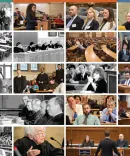
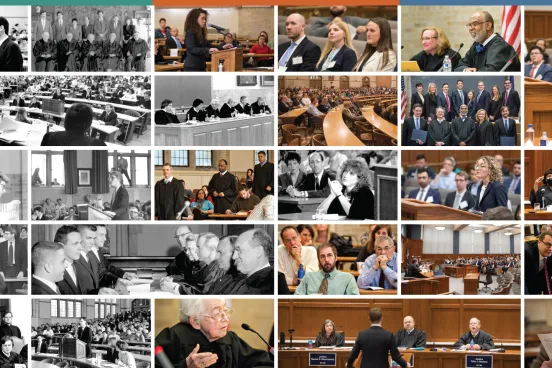
Cover Story Summer 2025
A Century of Argument and Advocacy: Campbell Moot Court Turns 100
For 100 years, Michigan Law students have participated in the Henry M. Campbell Moot Court Competition, the annual student-run event that has given generations of participants insights into appellate advocacy.

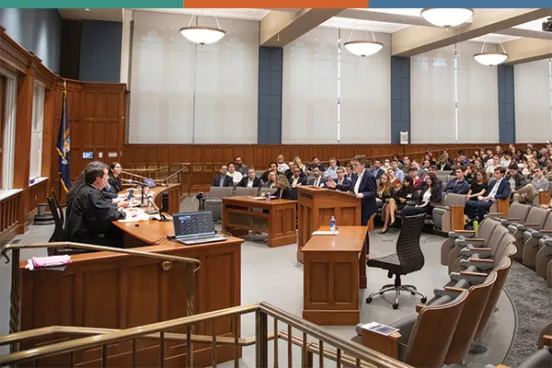
Features Summer 2025
Where Does the Campbell Moot Court Question Come From?
The 1928 Campbell Moot Court case involved a plaintiff who had fought in World War I and property he had conveyed to his fiance, who later died of tuberculosis. In the subsequent decades, hypothetical cases have involved a variety of topics, often reflecting current legal issues of the day.
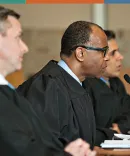

Features Summer 2025
Who Judges the Campbell Moot Court Competition?
Since its earliest years, the Campbell Moot Court Competition has welcomed a panel of notable judges to serve in the final round. Today’s competition relies on a large group—more than 70 this year—of legal practitioners, administrators, and faculty who grade the briefs and serve as judges in earlier rounds.
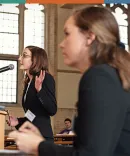

Features Summer 2025
Former Winners of the Campbell Moot Court Competition Reflect on the Experience
Michigan Law's Campbell Moot Court Competition has been a tentpole event in the Law Quad for a century and has shaped careers and provided generations of alumni with memories that endure. To commemorate the competition's 100th year, Law Quadrangle reached out to previous winners and asked for their stories, excerpts of which are included here.
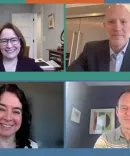
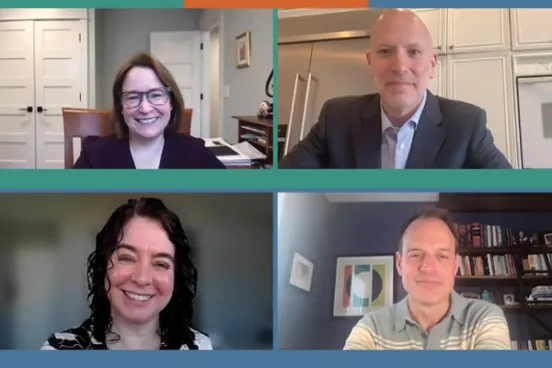
Features Summer 2025
2002 Campbell Finalists Reminisce, Two Decades Later
The 2002 Campbell Moot Court Competition pitted Catherine M.A. Carroll and John W. Ursu against Coreen Duffy and Ben C. Mizer. Despite the adversarial trappings, the students were linked not only by their success in the early rounds of competition—they also shared close friendships that endure today. Law Quadrangle recently convened the four friends on a videoconference to reflect on the experience, the friendships that defined their law school experiences, and the value of Campbell.

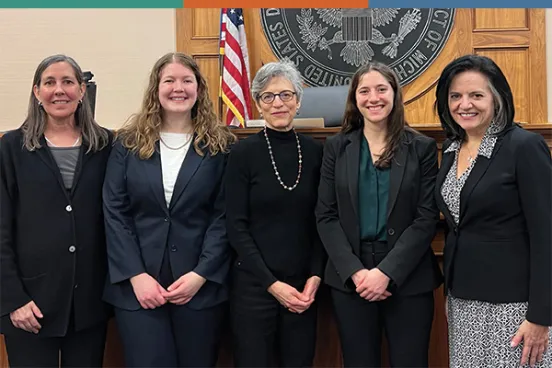
Features Summer 2025
A Multitude of Student Moots, On and Off the Quad
While the Henry M. Campbell Moot Court is the Law School’s most enduring competition, it is far from the only opportunity for students to hone their skills. From trial advocacy to international, bankruptcy, and other areas of the law, students have a variety of moot court choices.
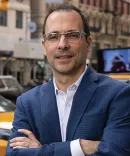
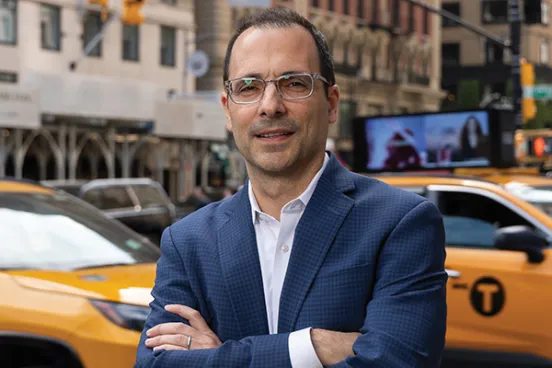
In Practice Winter 2024-2025
John Tepedino, ’04: Restitution for Victims of Madoff’s Fraud
When John Tepedino made a career transition into bankruptcy litigation, one of his clients had a connection to one of the largest financial frauds in history: Bernard Madoff’s investment firm.

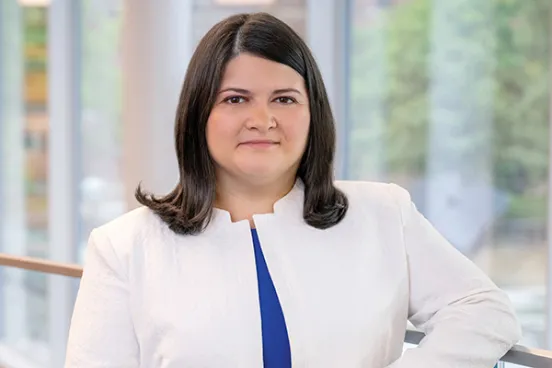
In Practice Winter 2024-2025
Nina Ruvinsky, ’13: Historic Fraud in a Nascent Market
When fraud charges against Sam Bankman-Fried jolted the financial world in December 2022, it capped several frenetic weeks of work for Nina Ruvinsky, ’13. She and her colleagues at the Commodity Futures Trading Commission, in parallel with counterparts at the US Attorney’s Office for the Southern District of New York and the Securities Exchange Commission, had brought a complex, first-of-its-kind case, which involved more than $8 billion stolen from Bankman-Fried’s FTX cryptocurrency exchange.
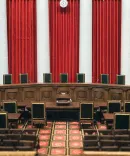
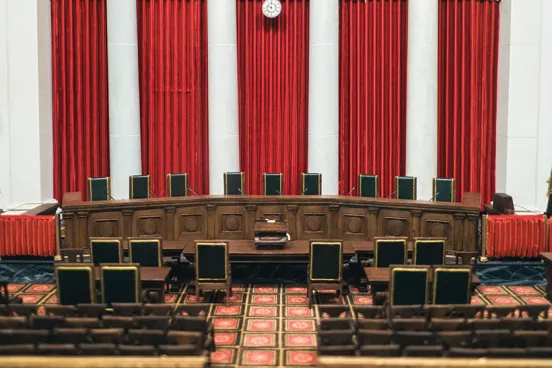
Features Spring/Summer 2023
Behind the Bench at the Supreme Court
For 20 years, Jeffrey Minear’s dealings at the Supreme Court followed a familiar pattern. As a litigator in the Office of the Solicitor General, he would prepare a brief, present argument, and await the ruling—a process he repeated more than 50 times. That all changed in 2006, when a new mandate became his daily task at the Court: perform such duties as may be assigned by the chief justice.

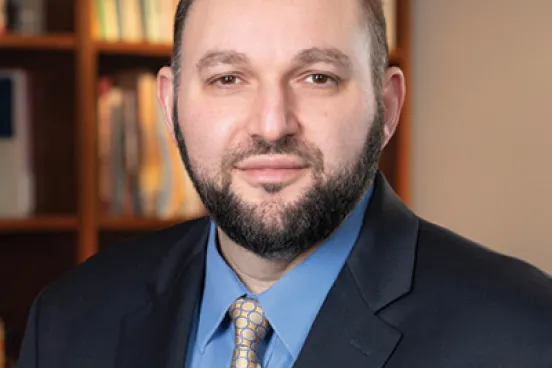
Class Note Winter 2020
Michael Bobelian, ’98: The Forging of the Modern Supreme Court
Michael Bobelian, ’98, a journalist who has reported on the Supreme Court and other legal topics since 2003, explores the controversial Supreme Court nomination of Abe Fortas in his new book, The Battle for the Marble Palace: Abe Fortas, Earl Warren, Lyndon Johnson, Richard Nixon, and the Forging of the Modern Supreme Court.

